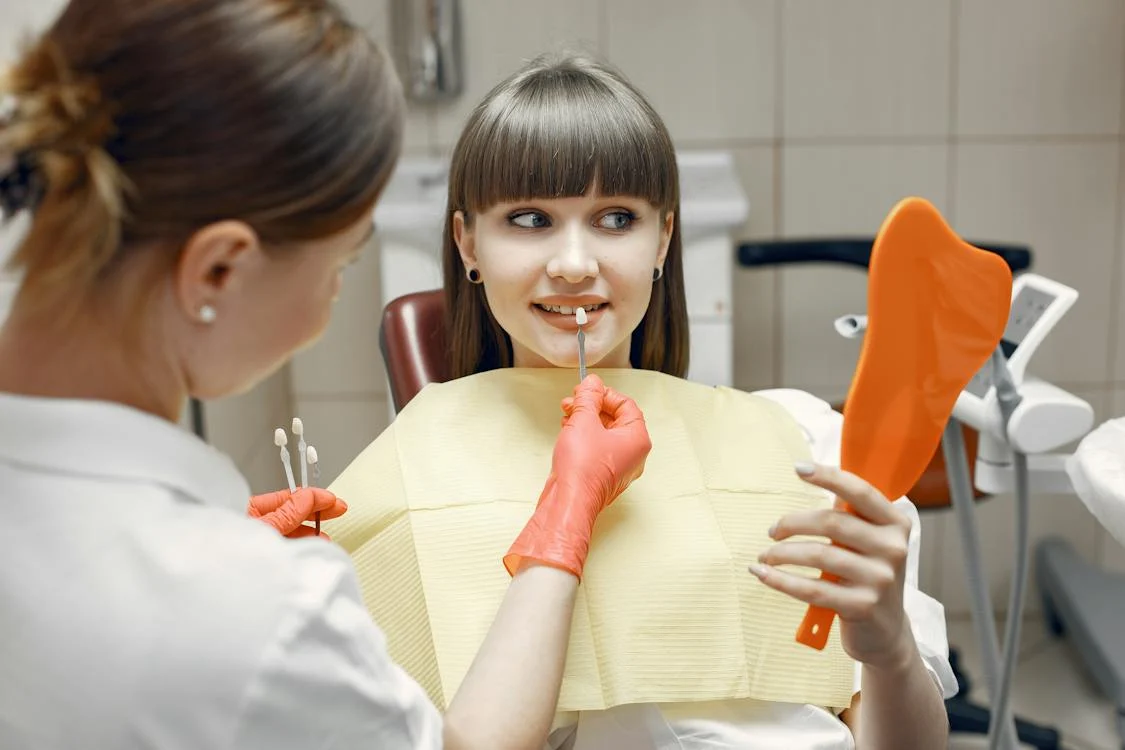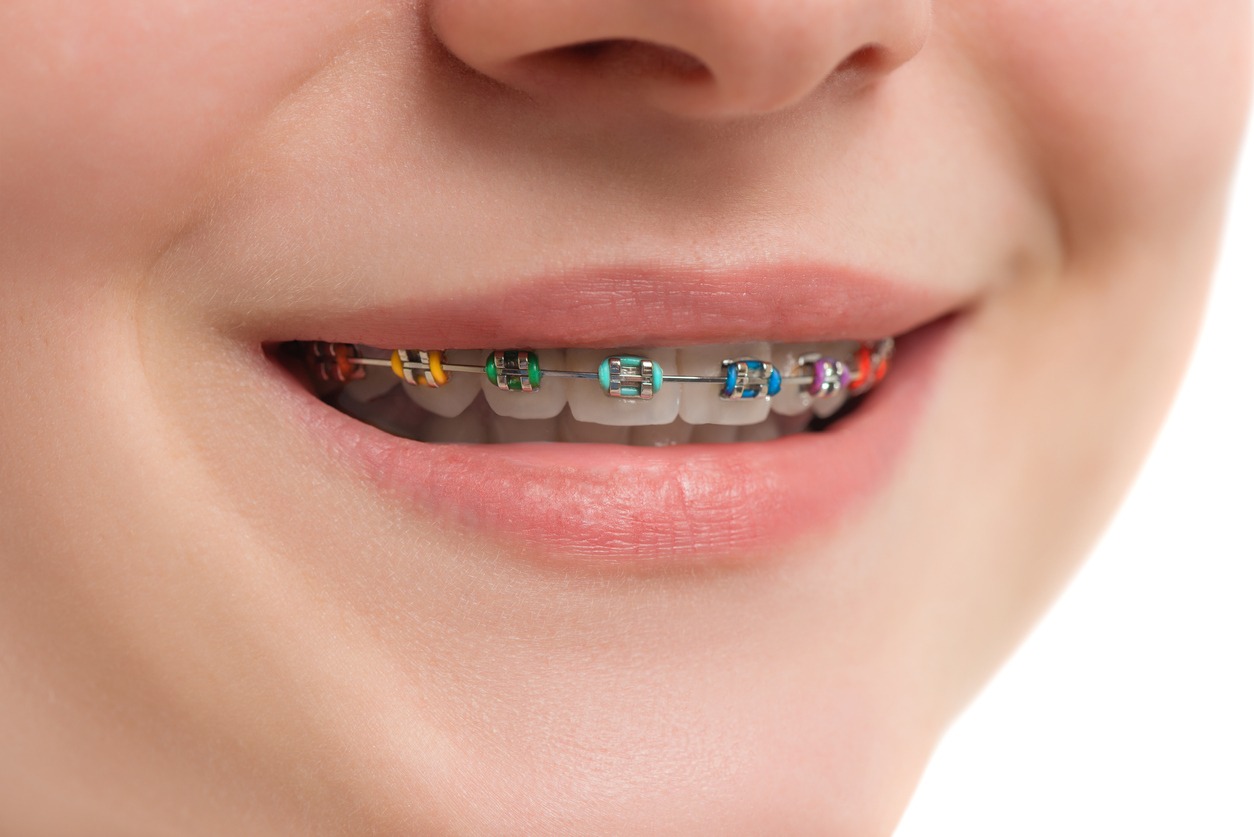Orthodontics aims to help shape a healthier smile by correcting the alignment of your teeth. The most common treatment of alignment issues is typically with clear aligners or braces. Before starting orthodontic treatment, your orthodontist will first check for any signs of other problems with your teeth. Occasionally there are indications that you may need to remove some teeth.
If you’re uncertain if tooth removal is required, continue reading and make sure you reach out to your orthodontist for a consultation.
How Common is Teeth Removal for Braces or Clear Aligners?
Orthodontics is about repositioning your teeth for a straighter smile. The thought of having to remove any teeth for treatment potentially might not come to mind. However, many would be surprised to know the possibility does exist.
If an orthodontist notices after examining your teeth that some of them can’t be saved or not all of them can safely fit in your mouth, they will most likely recommend that some teeth may need to be removed before getting orthodontic treatment. Orthodontists do not extract teeth themselves, only your family dentist does if it is indicated.
Only a minority of patients would require tooth extraction before getting braces or clear aligners.
Orthodontists first weigh the pros and cons before deciding it’s necessary to remove any of your teeth. Naturally, any good orthodontist in Northern Virginia, VA will discuss with you in detail why teeth may need to be removed and what to expect from them, as well as consider any alternatives that could work for you.
Reasons for Teeth Removal Before Braces or Clear Aligners
As much as it’s important to preserve your pearly white, they can’t all be saved. Various reasons exist for tooth extraction, ranging from potential trauma to disease or crowding in your mouth.
Overcrowding
Hard to fashion a straighter smile when there are so many teeth in your mouth. That’s the case with overcrowding. Overcrowding is a common dental issue when there is not enough space in your mouth for all your teeth. The root of misalignment issues stems from the lack of space in your mouth for all your teeth. Removing some teeth will help the orthodontist make space to reposition your teeth into better alignment.
Not only can overcrowded teeth look unappealing because of how they protrude, but also the dental problems that can follow if left unaddressed. Overcrowded teeth can make it difficult to clean those areas, causing plaque to build up and be susceptible to decay. Keeping up with an oral routine with braces or clear aligners can be difficult, but leaving teeth that aren’t good can harm your oral health further.
Repositioning Bite
Orthodontics helps bring alignment to your teeth, but they can also do so for your bite. You may have an underbite, overbite or crossbite and the majority of these bite issues can be improved with braces or clear aligners.
However, if the upper and lower jaw sizes are different or mismatched, it may be necessary to extract teeth to compensate for the issue and achieve a healthy bite. Removing teeth to fix these bite issues is great for assuring your orthodontic treatment works better. It can eliminate the need for jaw surgery in most overbite patients and some underbite patients.
Baby Teeth
Children as young as seven can end up needing braces or clear aligners. However, kids around that age still haven’t lost all their baby teeth.
Baby teeth, on average, are eventually all lost by the time children are 12 years old. Some parents can be concerned about whether it’s appropriate to start orthodontic treatment on a child with baby teeth. The answer is not quite concrete – it depends on the child’s dental condition.
However, children can wear braces or clear aligners with some baby teeth remaining. Sometimes the orthodontist might suggest removing some baby teeth to give adult teeth a clear path to emerge before starting braces or clear aligners.
Removing teeth for orthodontic treatment isn’t always necessary. But, it proves to be essential in cases where it can improve the outcome of your orthodontic treatment and your oral health in the long run. Orthodontists don’t take tooth extractions lightly, so they will outline the reasoning for it to ensure you understand and get the best treatment for your alignment problems.


